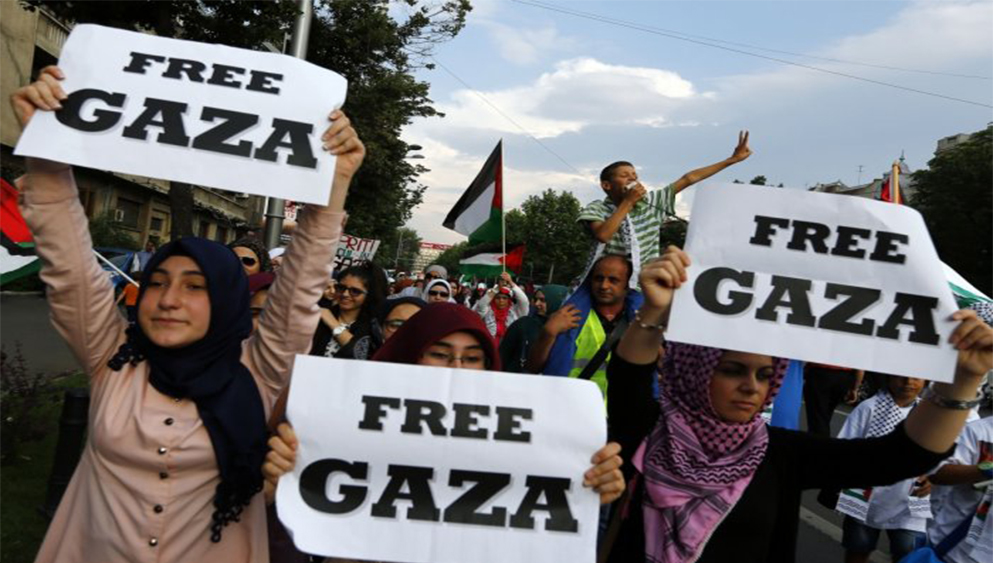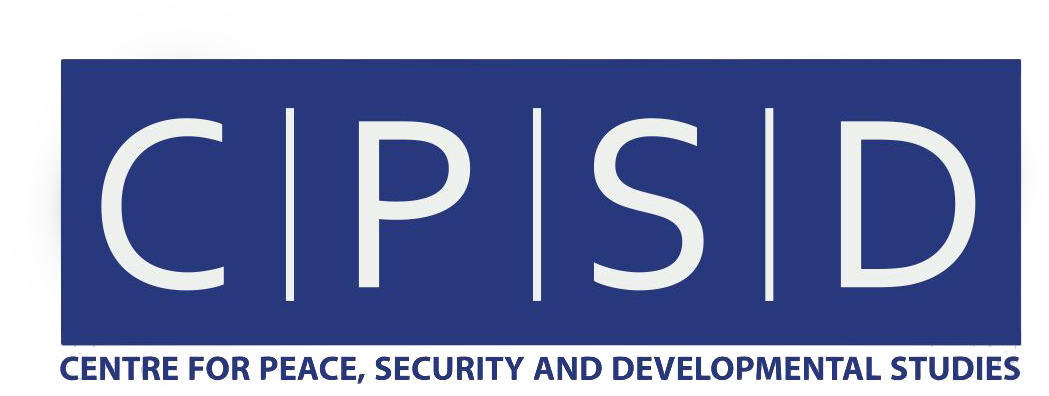Palestine & Kashmir: A tale of two occupied states

Gaza and Kashmir: A Tale of Two Occupations
Bloodshed in Gaza: 14th May Tragedy
The Middle East frequently dominates global headlines, often for grim reasons — from Syria and Iraq to Yemen and Palestine, stories of violence abound. However, the events in besieged Gaza on Monday, 14th May, shocked the world due to the unprecedented scale of deaths and injuries in a single day.
What began as a mass Palestinian protest against Israel’s ongoing economic blockade of Gaza turned into a massacre. As tens of thousands of Palestinians gathered at the Gaza border, Israeli forces opened fire with live ammunition and used tear gas to disperse crowds attempting to breach the heavily militarized border fence. By evening, 58 Palestinians — including teenagers — were killed, and more than 1,350 were injured, making it the bloodiest day since the protests began seven weeks earlier.
Protests also erupted across the West Bank, driven largely by opposition to the relocation of the U.S. Embassy to Jerusalem — a move widely condemned by Palestinians and much of the international community.
Global Reactions and Israeli Justifications
While the Israeli Defense Forces (IDF) claimed that protestors were attempting to infiltrate Israeli territory and justified the use of force, humanitarian organizations raised alarm over the disproportionate violence. Doctors Without Borders reported that the scale and severity of injuries exceeded even the 2014 Gaza conflict. Some exit wounds from Israeli ammunition were described as “fist-sized.”
The Israeli military response included rifles, fighter jets, and tanks, claiming Hamas attempted to smuggle armed fighters through the chaos — a claim met with skepticism by international observers and human rights groups.
Meanwhile, Turkey declared a three-day national mourning and recalled its ambassadors to Israel and the United States. Turkish leaders condemned the killings and sharply criticized the U.S. embassy move to Jerusalem.
Embassy Relocation: Political Celebration Amidst Mourning
Even as blood was being shed in Gaza, U.S. and Israeli officials celebrated the controversial embassy relocation. Speaking at the inauguration ceremony, Jared Kushner, U.S. President Donald Trump’s son-in-law, remarked that peace would be achieved by “recognizing the truth.” Israeli Prime Minister Benjamin Netanyahu struck a defiant tone, calling it a “glorious day” and declaring, “We are in Jerusalem, and we are here to stay.”
However, for Palestinians, this move undermined the peace process and signaled the abandonment of U.S. neutrality. For them, East Jerusalem represents the future capital of a sovereign Palestinian state, and the unilateral move by Washington further alienated hopes for a negotiated settlement.
The timing added further insult: May 15 marks Nakba Day, observed by Palestinians as the “catastrophe” — the mass displacement that followed the 1948 creation of the state of Israel. It is a painful reminder of their unfulfilled right to return.
Echoes in South Asia: India’s Tactics in Kashmir
The violence in Gaza resonates in South Asia, particularly in Indian-Occupied Kashmir (IOK). Over recent years, India has adopted strikingly similar tactics in dealing with unarmed Kashmiri protestors. Just a week before the Gaza incident, 14 Kashmiris were killed in a security crackdown by Indian forces.
India’s use of pellet guns, which have blinded hundreds of Kashmiris — including children — mirrors the disproportionate use of force seen in Gaza. Reports of rape, torture, extrajudicial killings, and enforced disappearances have also emerged from Kashmir, with the Kathua rape case standing out as a particularly heinous example. Since 1989, over 100,000 Kashmiris have lost their lives, and tensions escalated further after the 2016 killing of Burhan Wani, a prominent Kashmiri militant leader.
India-Israel Strategic Convergence
These parallel narratives are not coincidental. Over the past decade, India and Israel have significantly strengthened their military and strategic partnership. India has procured advanced Israeli weaponry and surveillance systems, which are reportedly deployed in Kashmir. Security cooperation between the two states appears to extend beyond arms deals to the exchange of riot-control tactics and counter-insurgency strategies.
The shared pattern of militarized crackdowns, indiscriminate use of force, and systemic repression suggests a synergy in policy — India seemingly taking cues from Israel in managing unrest and suppressing resistance movements.
Conclusion: The Human Cost of Occupation
The tragedies unfolding in Gaza and Kashmir are chapters of the same book — a tale of occupation, resistance, and state-sanctioned violence. While Israel justifies its actions in the name of security, and India does the same under the pretext of nationalism, the human cost remains undeniable. Peace cannot be achieved through force, nor can dignity be silenced by guns and tear gas.
The international community must acknowledge the structural similarities in these conflicts and push for accountability, human rights, and inclusive dialogue — not just for Gaza or Kashmir, but for all regions under oppression.
